TL;DR:
If you’re using a LEFT JOIN but filtering on the right table in the WHERE clause, you might unintentionally turn it into an INNER JOIN. Here’s why that happens, how to fix it, and how different databases handle it.



TL;DR:
If you’re using a LEFT JOIN but filtering on the right table in the WHERE clause, you might unintentionally turn it into an INNER JOIN. Here’s why that happens, how to fix it, and how different databases handle it.
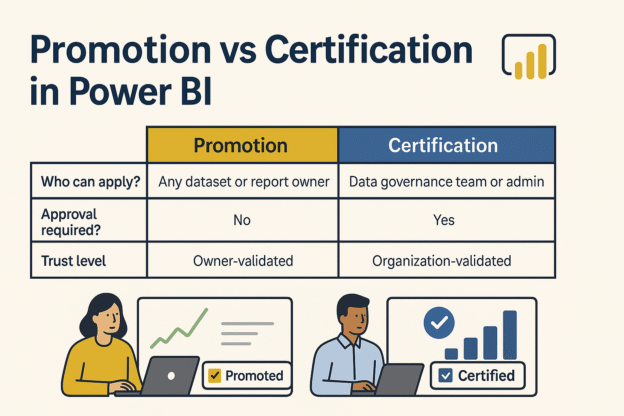
When managing Power BI content like reports and datasets, knowing which ones to trust is critical. Power BI’s promotion and certification features help you highlight and share reliable content within your workspace. But what do these features mean, and how are they different? In this article, we’ll explain promotion vs certification in Power BI, introduce the concept of master data, and show you when to use each.
Continue reading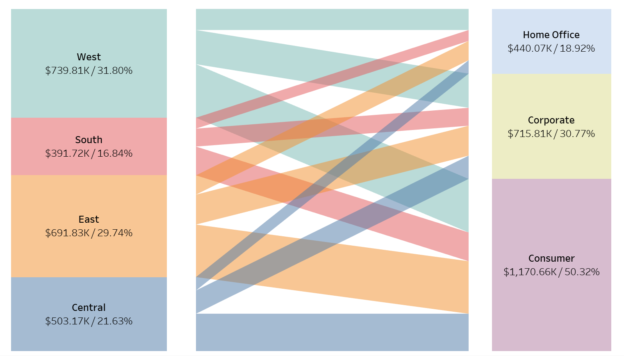
Parallel sets are a visually striking way to represent flows and relationships between categories, offering deeper insights into complex data distributions. In this blog, we’ll guide you step by step on how to create a parallel set visualization in Tableau using the Sample Superstore dataset.
Continue reading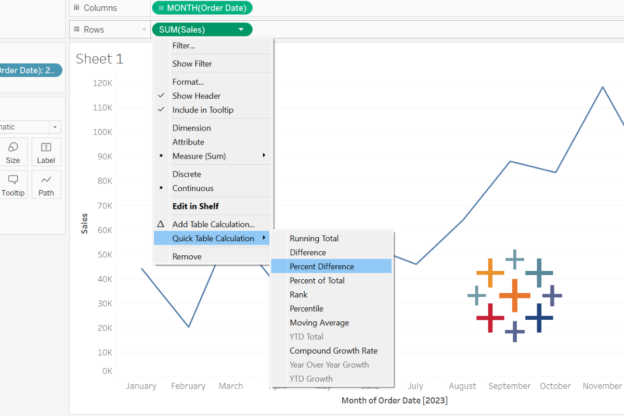
Table calculations in Tableau are powerful tools that allow you to perform computations directly on the aggregated results in your visualization. Unlike calculated fields (which operate at the data source level), table calculations depend on the structure of your table or pane, making them ideal for dynamic, context-aware metrics. In this guide, we’ll break down compute using options, advanced settings like addressing and partitioning, and demonstrate practical examples using Tableau’s Superstore dataset.
Continue reading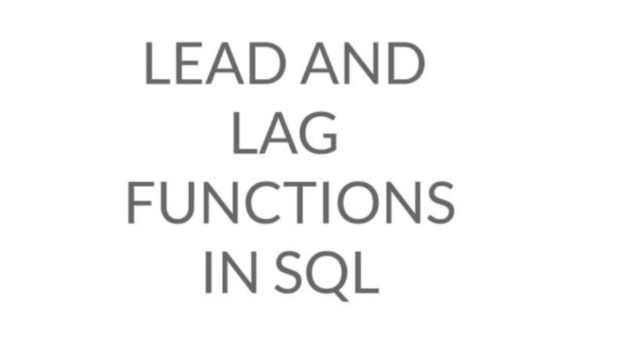
SQL window functions like LEAD and LAG are indispensable tools for business intelligence and data analysis, enabling professionals to uncover trends, track changes, and derive actionable insights. In this guide, we’ll break down how these functions work and demonstrate their real-world applications in SQL-driven analytics.

Hex maps or Tile grip maps are a visually appealing alternative to traditional geographic maps. They arrange regions or states into a grid of hexagons, standardizing their size and shape while maintaining their relative positioning. This approach eliminates distortion caused by geographic size differences and focuses on comparative analysis.
Continue reading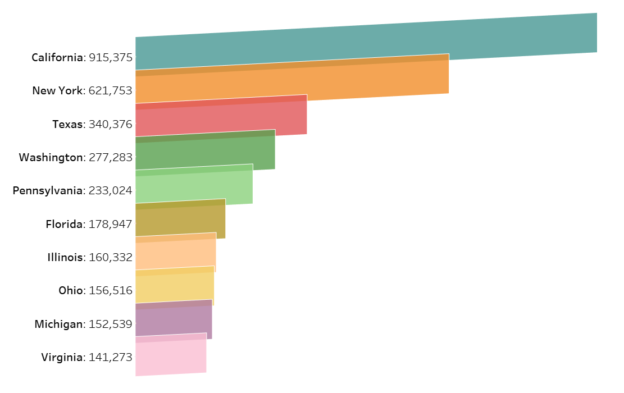
Tilted bar charts, with their unique slanted orientation, offer a fresh perspective for visualizing comparative data. These charts can help your dashboards stand out while providing insightful visual analysis. In this tutorial, we’ll guide you through creating a tilted bar chart in Tableau using the Sample Superstore dataset.
Continue reading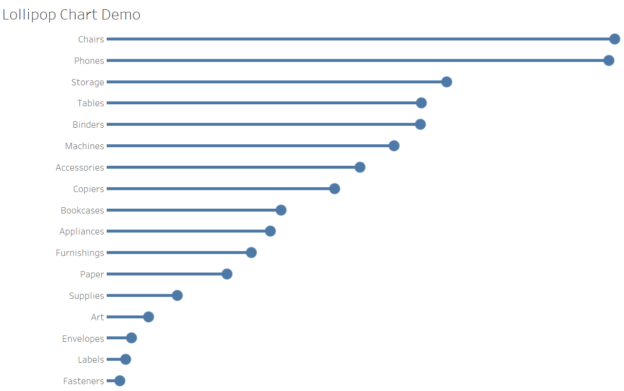
Lollipop charts are a fun and visually engaging way to display data. They combine the simplicity of a bar chart with the precision of a scatter plot, making it easy to highlight specific data points. In this tutorial, we’ll create a lollipop chart in Tableau using the Superstore dataset to showcase sales performance across categories.
Continue reading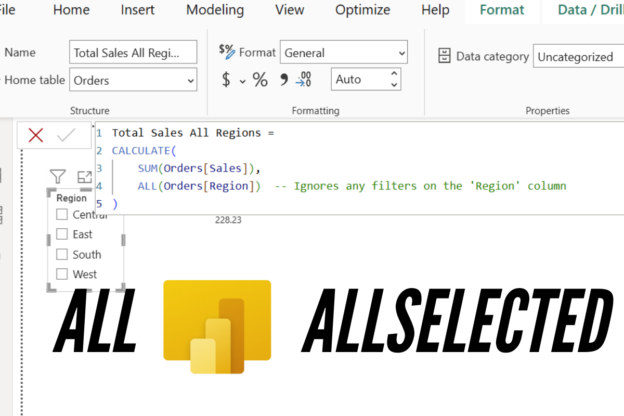
In a previous post about how to use Tableau Exclude LOD in Power BI, we briefly mentioned ALLSELECTED. However, ALLSELECTED is a more powerful and complex function than we covered at that time. In this article, we’ll delve deeper into not only ALLSELECTED but also its counterpart, ALL, to fully understand their capabilities and applications in Power BI.
Continue reading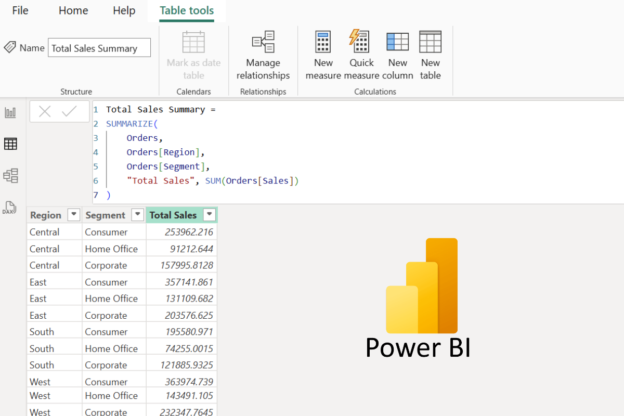
When working with data in Power BI, summarizing and grouping data is essential for gaining insights and preparing reports. These operations allow you to aggregate values, perform calculations, and create custom tables or visuals based on specific grouping conditions.
Continue reading